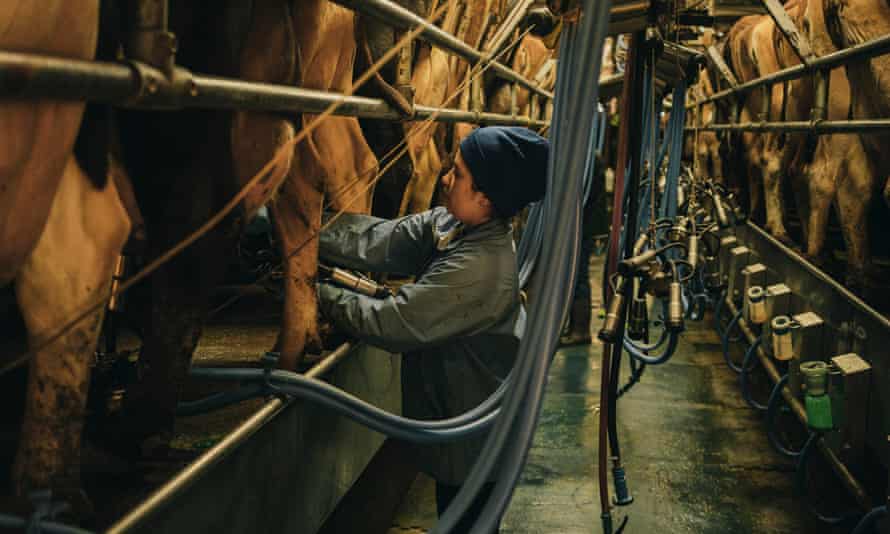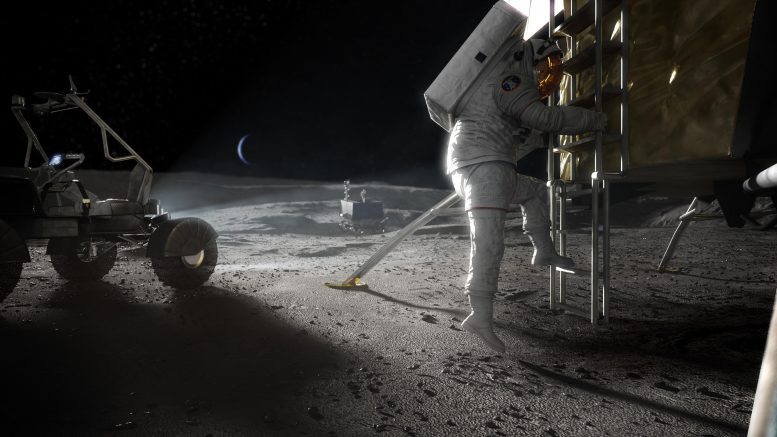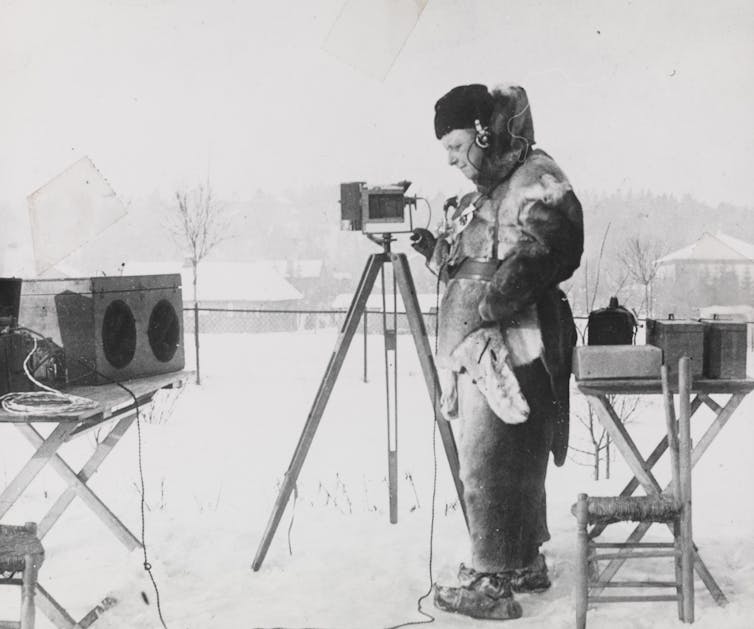Vale and Asian miner seek Brazil nod to fast-track mine projects
Bloomberg News | September 16, 2021

Railroad transporting iron ore from Vale’s Carajás complex. Image: Vale
Mining giant Vale SA and an Asian-owned metals producer are among the first to tap a Brazilian program that aims to cut red tape and speed up mining projects in the South American nation.

Vale and Sul Americana de Metais S.A. have qualified for a new policy adopted by Brazil’s Jair Bolsonaro administration that aims to streamline the licensing process for mining projects considered strategic to the country’s economic development. The Pro-Strategic Minerals policy was created in March to boost resources and production of minerals used in high-tech products and deemed vital for trade surplus.
Vale, the world’s second-largest iron ore producer, qualified for a mine and projects at its Serra Norte complex as well as Alemao copper project in northern Brazil. Another project in Carajas is under analysis. The Rio de Janeiro-based company declined to comment. Vale had cited delays in securing permits to these operations last week as a reason to justify lowering its annual target for iron ore production by 7.5% from a previous forecast.
Sul Americana de Metais, a unit of Hong Kong-based Honbridge Holdings Ltd., has been seeking to develop a $2.1 billion iron ore complex in Minas Gerais state, though it has struggled to get licenses.
“We hope this will help speed up the licensing process and take the project off the ground,” Chief Executive Officer Jin Yongshi said in a message.
His company’s Bloco 8 project aims to produce 27.5 million tons a year and includes a slurry pipeline and dam capable of storing 70 times more tailings than the Vale dam that collapsed in that southeast Brazilian state in January 2019 in the country’s deadliest mining disasters.
Brazil’s Mines and Energy Ministry, which coordinates the program, said qualification doesn’t guarantee projects will get permits. The government measures will help facilitate relations with environmental authorities, which are still in charge of licensing.
(By Mariana Durao)
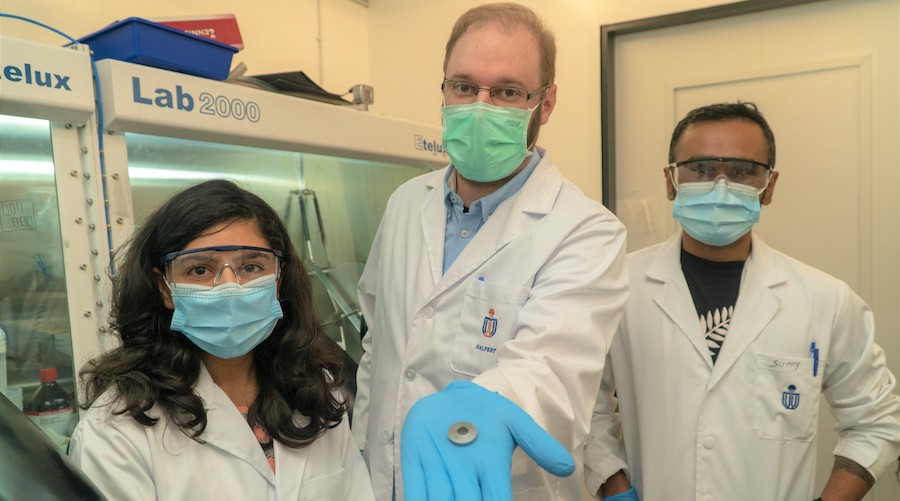
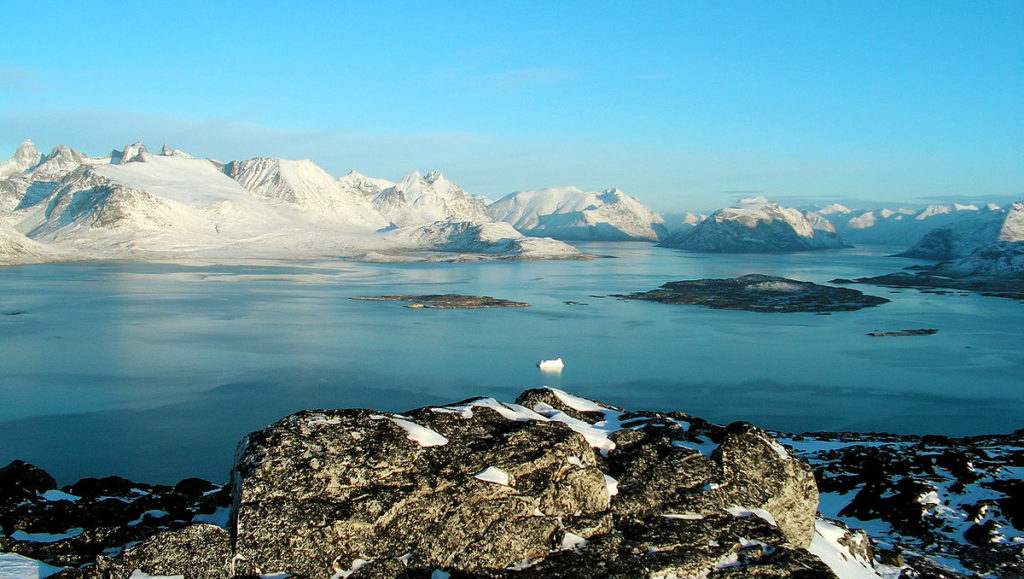
 Pro-choice protesters rally outside the Texas state capitol in Austin on 1 September. Photograph: The Washington Post/Getty Images
Pro-choice protesters rally outside the Texas state capitol in Austin on 1 September. Photograph: The Washington Post/Getty Images






